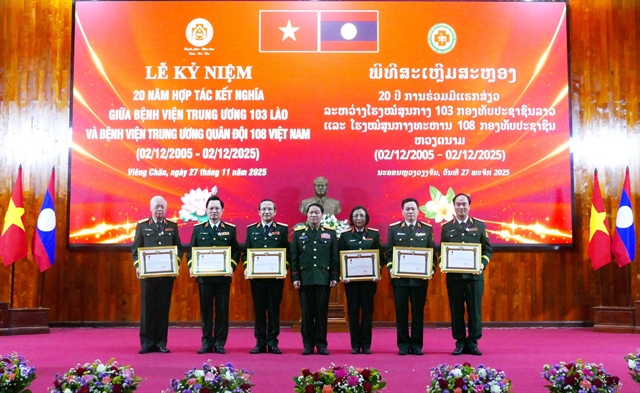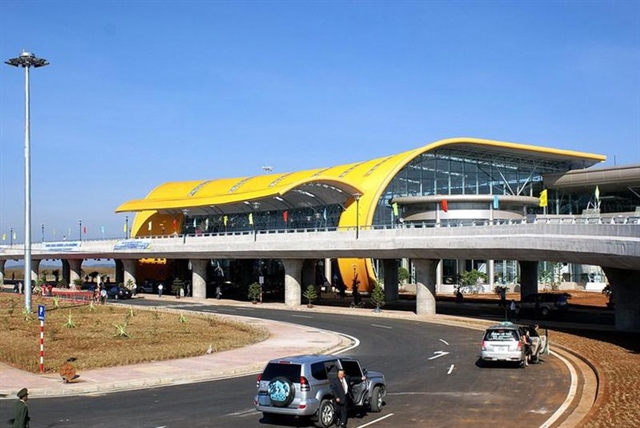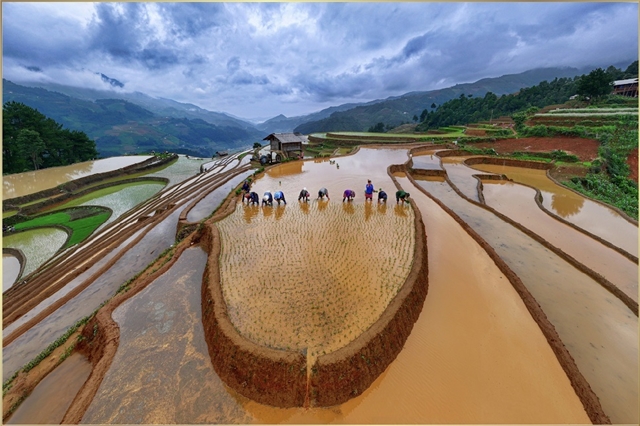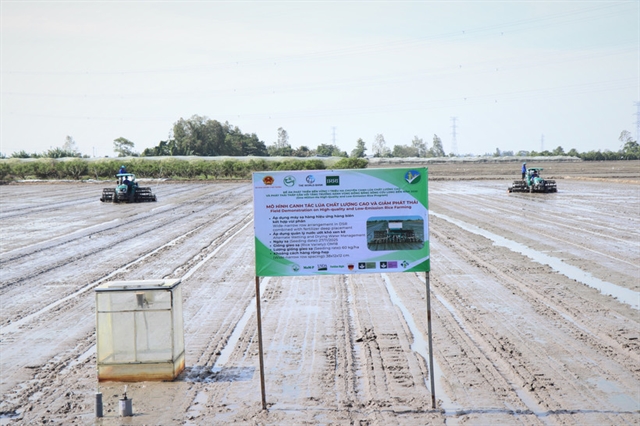 Economy
Economy
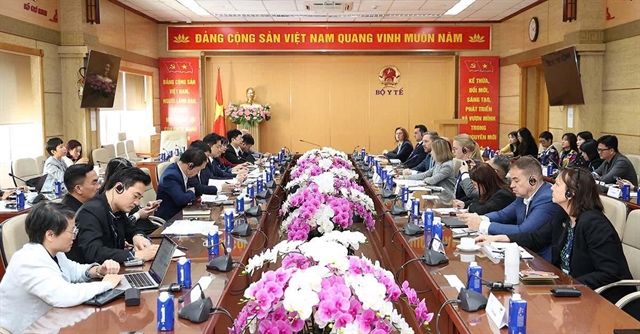
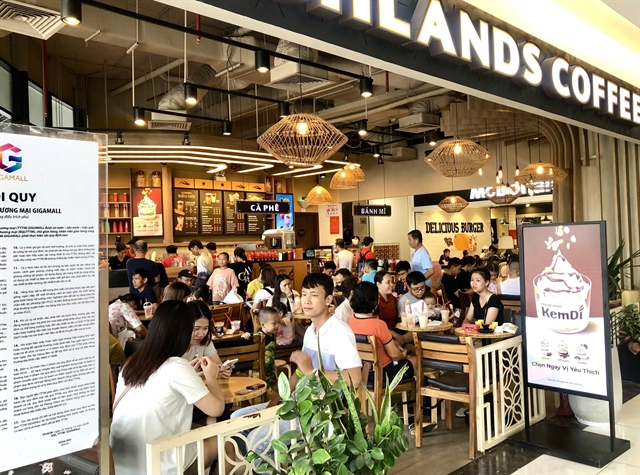
|
| Many F&B brands favor shopping malls as their preferred locations. — Photo thethaovanhoa.vn |
HÀ NỘI — As Việt Nam’s provinces and cities merge administratively, F&B brands are stirring up their expansion strategies, seeking space where customers are moving. Rather than sticking to central urban hubs, many chains are eyeing satellite cities and experimenting with a mix of store formats to broaden market reach and strengthen customer connections.
Location remains a critical advantage in the coffee sector, with stores along busy traffic corridors and integrated into local communities holding a clear edge.
Võ Thị Phương Mai, director and national head of Retail Service at CBRE Vietnam, said landlords are increasingly adapting to F&B tenants’ needs. Beyond upgrading technical infrastructure, many property owners now offer more flexible space configurations to accommodate diverse business models.
Landlords are also showing greater flexibility with lease terms, frequently offering agreements of less than three years to support startups and emerging brands. Rental rates and incentives are tailored by location and brand appeal, creating opportunities for investors across different market segments, Mai told saigontimes.vn.
Following administrative mergers, HCM City’s suburban retail market is seeing a surge, fuelled by population migration. Rising housing demand is attracting domestic and international brands keen to capitalise on new expansion opportunities.
Shopping malls remain the preferred destination for brands amid this growth. Savills forecasts that by 2026, HCM City will add around 188,000 square metres of retail space, while Hà Nội will see nearly 289,000 square metres, mostly from shopping malls and urban project podiums.
Legal advantages, comprehensive utilities and the ability to combine shopping with entertainment make malls increasingly attractive to major brands, gradually overtaking the townhouse model, which struggles with inconsistent footfall and weaker brand appeal.
Cushman & Wakefield data shows strong demand for retail space in HCM City malls. Occupancy rates in the second quarter reached 93.6 per cent, up 4.16 points from last year, reflecting sustained pressure on city-centre retail space expected to continue through 2026 before easing as new developments come online.
Flexible business models are driving sector growth. By the end of 2024, Việt Nam had about 323,010 F&B outlets, a 1.8 per cent year-on-year increase, generating over VNĐ688 trillion (US$26.5 billion), up 16.6 per cent. Growth is forecast to moderate to 9.6 per cent in 2025, but demand remains robust as brands continue to adapt and expand.
Experts note that administrative mergers have opened new expansion avenues, with many chains moving focus from city centres to satellite cities. Combined with diverse store formats, this strategy is helping brands reach more customers and strengthen their market presence.

|
| The location of a store shapes its customer reach and brand impact.— Photo saigontimes.vn |
According to Nguyễn Thái Bình, director of Vietnam Concepts School in HCM City, a rising opening wave is seen among coffee and tea chains such as Highlands Coffee, Katinat, Phê La, Đảo Matcha and Matcha Vibe.
By mid-2025, Highlands Coffee had surpassed 900 stores, Katinat exceeded 100 locations and Phê La neared 50 outlets.
These brands are experimenting with various business models, from kiosks and standard stores to shopping malls, flagship outlets and drive-thru format (a multi-step process where customers use a menu board and speaker to place their order, then proceed to payment and order collection windows, receiving their goods without leaving their vehicle) while developing iconic 'must-try' locations.
Success factors include customer traffic, broad brand coverage and integration with multi-channel strategies, Bình said.
He added that with rental prices in central HCM City reaching $120-150 per square metre per month, many brands are optimising by opening compact stores ranging from 40 to 120 square metres in high-traffic areas near universities and office complexes.
Lê Thành Đạt, CEO of the Ô Long Châu and Rau Má Mix beverage chains, said that current chains face numerous external challenges, including policy changes and fierce competition across various market segments. In a period marked by declining profits and rising costs, the retail landscape demands clearer financial discipline from new entrants.
He told saigontimes.vn that space leasing prices have dropped by about 30 per cent compared to last year, yet his strategy remains focused on expanding points of sale at intersections, crossroads and along major type 1 and type 2 roads.
Recently, he launched a new milk tea chain within his business ecosystem, opening 14 stores in HCM City. Despite the highly competitive environment, Đạt said he believes that effectively optimising resources such as human capital, logistics and production will enable the successful operation of both his brands. — VNS

